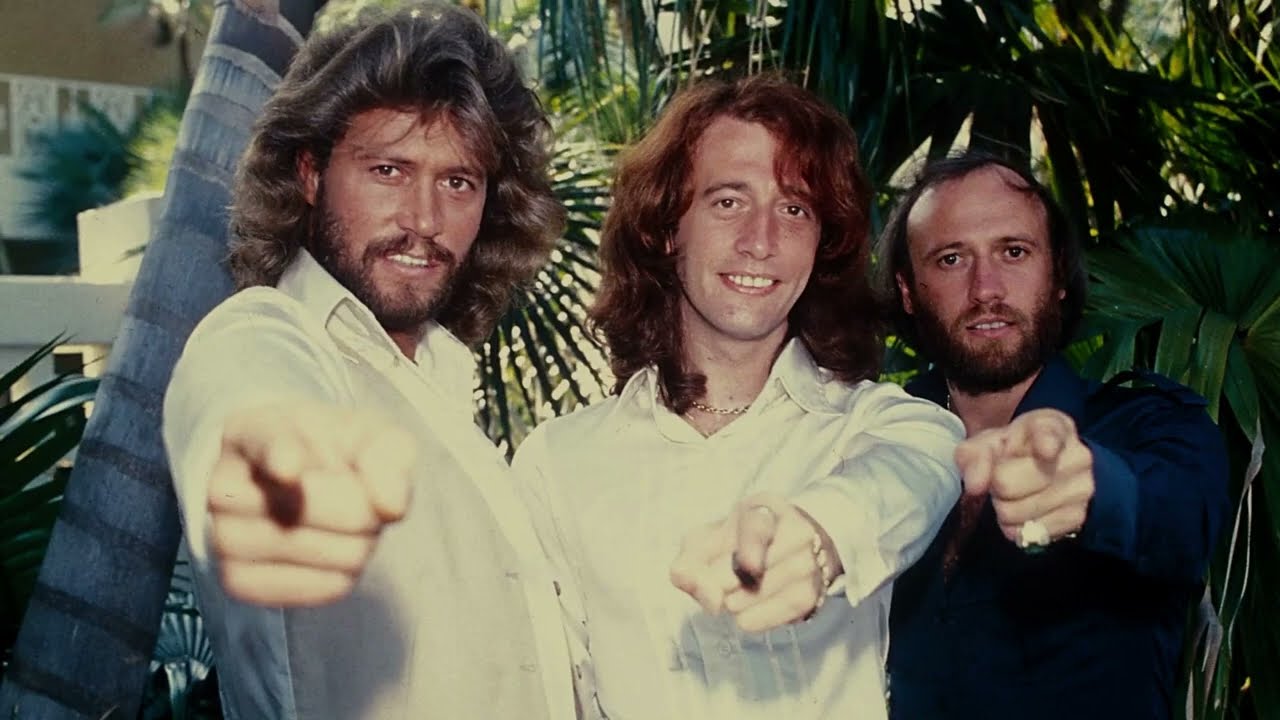
A Ballad of Fragile Devotion and the Melancholy of Love’s Impermanence
When “Love So Right” was released in September 1976, it stood as one of the most poignant moments on the Bee Gees’ multi-platinum album Children of the World, a record that also housed their era-defining dance anthems like “You Should Be Dancing.” Yet this song — a tender, wistful ballad — revealed another facet of the Gibb brothers’ artistry. Reaching No. 3 on the Billboard Hot 100, “Love So Right” reaffirmed that even as the group was reshaping pop with its glittering falsettos and rhythmic vitality, they never lost their capacity for emotional stillness. Where many hits of the late seventies leaned into exuberance, this composition turned inward, evoking the quiet ache that follows love’s sudden eclipse.
The story of “Love So Right” begins not with heartbreak as spectacle but with heartbreak as introspection. Written by Barry, Robin, and Maurice Gibb, the song carries the hallmark of their most affecting work — an effortless marriage of lyrical vulnerability and melodic grace. The arrangement, anchored by Barry’s soaring falsetto and the brothers’ characteristic harmonies, bathes the listener in gentle waves of sound: delicate keyboard textures, soft string swells, and a pulse that feels more like a heartbeat than percussion. It is a ballad suspended in midair — graceful yet heavy with longing.
The lyrics tell of love’s cruel paradox: how something that felt so perfectly aligned can dissolve without warning. The narrator clings to memory and disbelief, questioning how something “so right” could turn so wrong. This is not simply romantic despair; it’s existential bewilderment. The Bee Gees frame love as both salvation and torment — a divine state from which one can so easily fall. That tension gives “Love So Right” its depth: it is less about a single failed relationship than about the universal bewilderment of human connection itself.
Musically, it captures a transitional moment for the Bee Gees. Recorded at Criteria Studios in Miami, Children of the World marked their full embrace of a more contemporary R&B sound, yet “Love So Right” retained the sophistication of their earlier orchestral pop period. Its slow tempo and supple chord progressions echo their late-sixties baroque sensibilities, while Barry’s upper-register delivery — a falsetto so vulnerable it seems to tremble under its own emotional weight — hints at the stylistic direction that would soon define their disco-era dominance.
Over time, “Love So Right” has endured not merely as a hit but as one of the Bee Gees’ most quietly devastating songs. Beneath its silky production lies a universal lament: the recognition that even perfect love can perish, leaving only echoes in memory. In that sense, it stands as one of their most human creations — elegant in sound, yet haunted by truth.